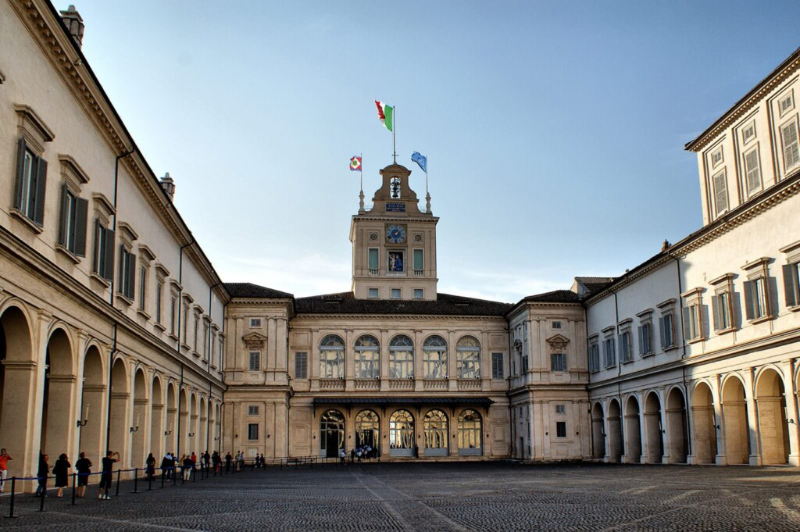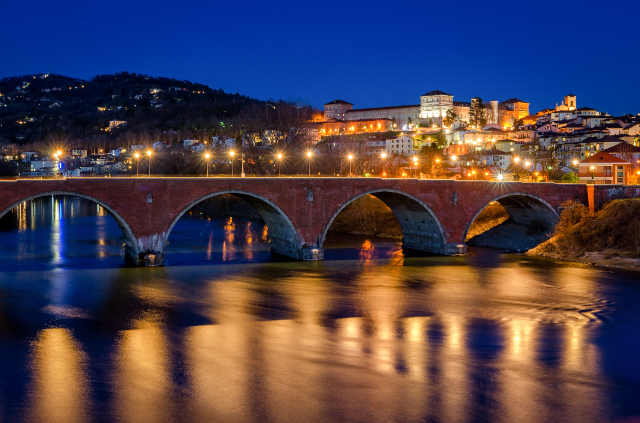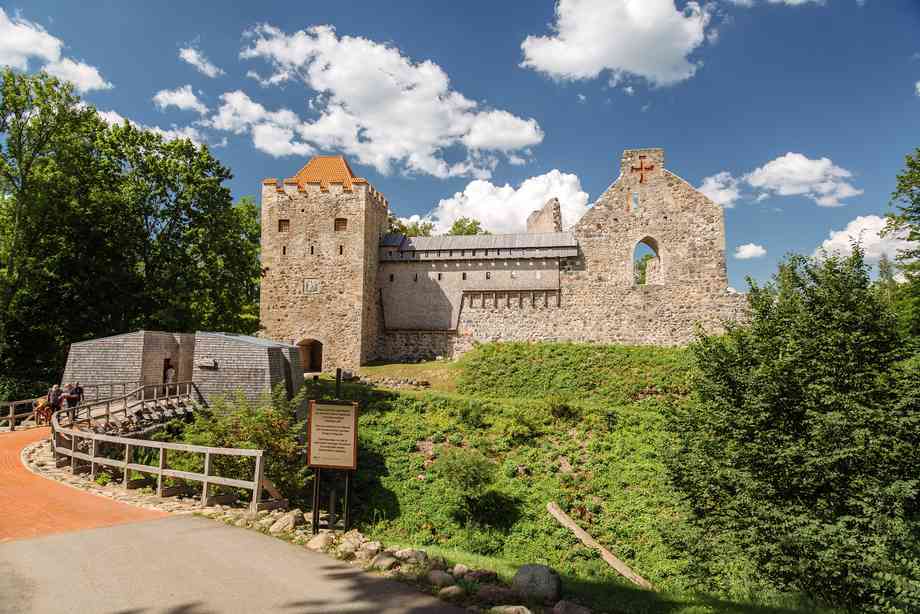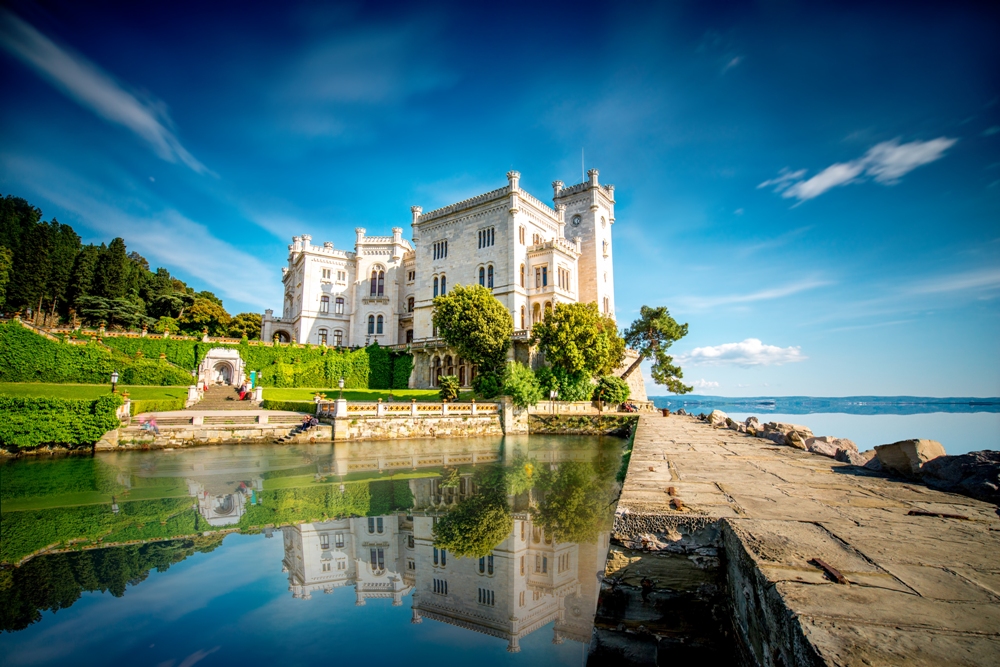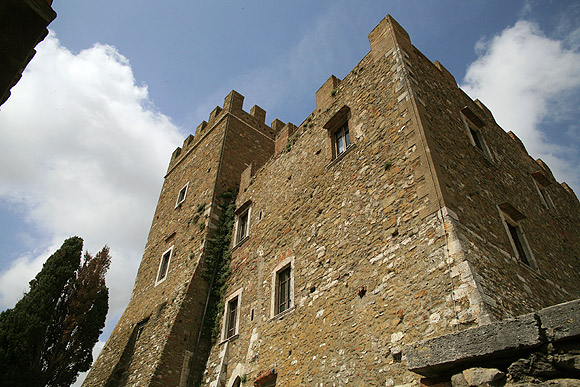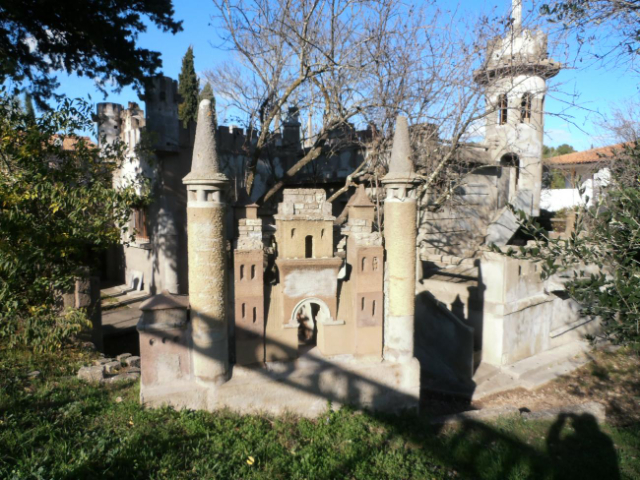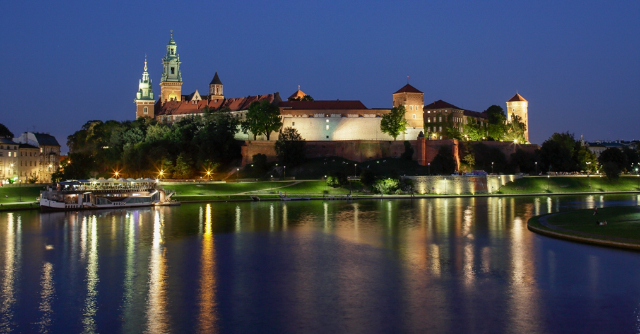110,550 square meters: these are the dimensions of the Quirinale Palace, the tenth largest in the world. The private apartments of the President of the Republic are housed in the Manica Lunga, which once housed the service quarters of the Swiss Guards.
In spite of appearances, not many presidents have actually lived in the palace. De Nicola and Einaudi did not, nor did Pertini and Cossiga. Gronchi, Saragat and Leone, Scalfaro, Ciampi, Napolitano and Mattarella lived there during their presidency.
The Cortile d’Onore (Courtyard of Honor) is very famous, and we have seen it many times on official occasions, from pickets of honor to visits by heads of state. It is a large porticoed square built between 1583 and 1616.
Inside, the Salone dei Corazzieri is the largest of the palace. The Popes used to receive ambassadors here, while today it is the seat of many institutional ceremonies and audiences of the Head of State. From the hall you can also access the Pauline Chapel, built at the behest of Pope Paul V, who in the nineteenth century has hosted several times the conclave instead of the Sistine Chapel in the Vatican. It makes you smile to know that at the beginning of the twentieth century the hall was transformed first into a skating rink and then, in 1912, into a covered tennis court.
The Scalone d’onore (Staircase of Honor) and especially the Torrino and the Orologio alla Romana (Clock Tower) also deserve attention.
This is the most inaccessible and coveted place of the Quirinal Palace. It was built by Ottaviano Mascarino on behalf of Pope Gregory XIII. The institutional flags are hoisted here: the Tricolor, the flag of the European Union and the banner of the Presidency of the Republic. The Torrino is one of the most iconic images used to represent the Quirinale in the world.
Accessible by elevator, it guarantees an extraordinary panorama with the Altare della Patria, the Pantheon, the dome of St. Peter’s, Castel Sant’Angelo and the Colosseum as a backdrop. On the Torrino del Quirinale there is also a clock inserted in 1626 and then, over the years, replaced several times. The current one has a "Roman" dial, which indicates only six hours instead of twelve, "forcing the hands" to make four turns during the day instead of the classic two.
